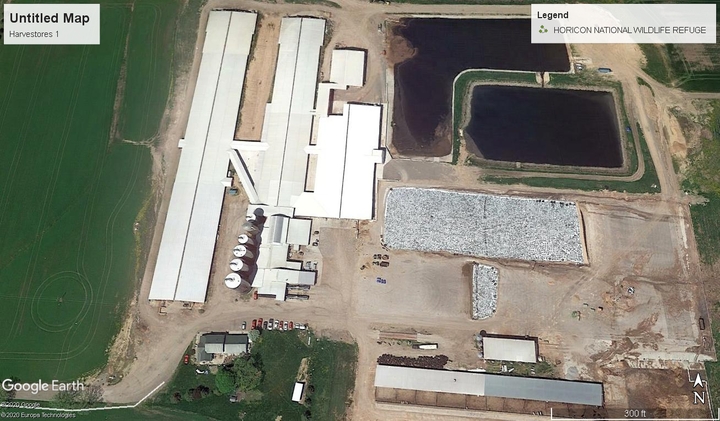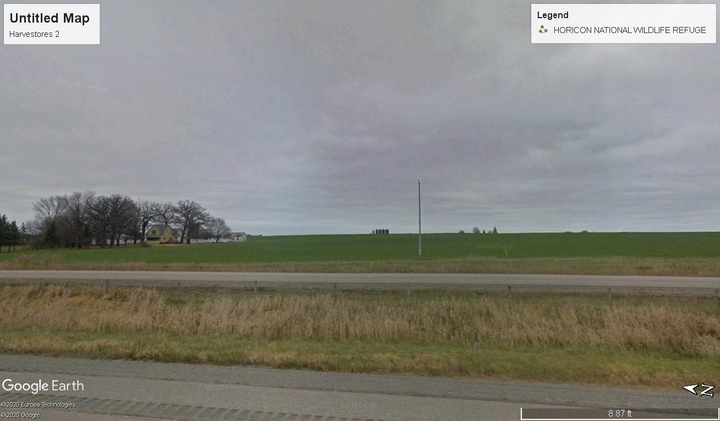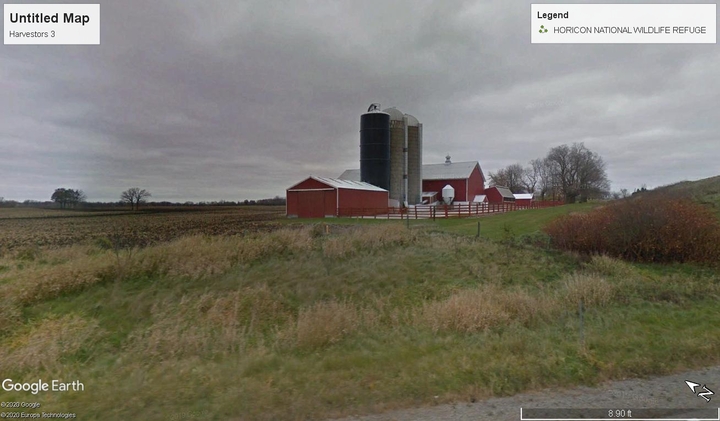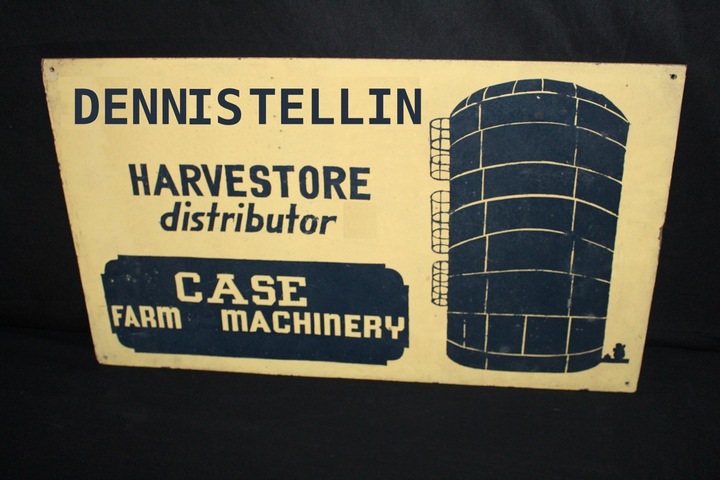You should upgrade or use an alternative browser.
- Thread starter swindave
- Start date
bwillett
Member
- Location
- West Central Ohio
fastfarmall
Well-known Member
J Hamilton
Well-known Member
- Location
- Southern Illinois
fixerupper
Well-known Member
oliverplow
Member
fixerupper
Well-known Member
Al Baker(pumpman)
Member
crooked rows
Member
Bruce from Can.
Well-known Member
- Location
- Woodville, Ontario, Canada
They just got too expensive and too small for the big dairies these days.
Then the mold lawsuit came, that didn’t help. Was a long messy case, and the silos were losing popularity anyhow.
Today they use the white plastic bags, stuff full. This lets you put up a lot or a little forage, not limited to the size of the silo.
And bunkers, big piles of silage covered with a plastic tarp, again if you get more cows just make the pile bigger, you are not limited to a size.
Paul
big tee
Well-known Member
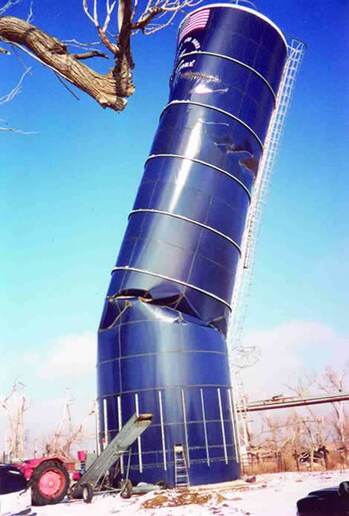
Just happen to have one silo left--Almost new--low mileage--one owner!! All you have to do is take over payments!!
BarnyardEngineering
Well-known Member
- Location
- Rochester, NY
(quoted from post at 10:57:16 12/27/20) if you only had ten load to put in ,just open the top put it in and close it back up....done. Sure we had a few dig-outs....and sometimes you had to buy a new cutter chain when the budget was already stretched thin....but over all they weren't that bad. They just don't fit into the way things are done on the huge dairy farms of today.
My understanding was that you couldn't just open the top and fill the silo while feeding out of the bottom. You had to pull the unloader, even for one load.
Just one dig-out would be enough for me to pack the bottom with dynamite and send the thing rocketing to the moon. I assume that would mean tunneling under hundreds of tons of silage and all I have to say on that is, NOPE!
Similar threads
- Replies
- 22
- Views
- 809
We sell tractor parts! We have the parts you need to repair your tractor - the right parts. Our low prices and years of research make us your best choice when you need parts. Shop Online Today.
Copyright © 1997-2024 Yesterday's Tractor Co.
All Rights Reserved. Reproduction of any part of this website, including design and content, without written permission is strictly prohibited. Trade Marks and Trade Names contained and used in this Website are those of others, and are used in this Website in a descriptive sense to refer to the products of others. Use of this Web site constitutes acceptance of our User Agreement and Privacy Policy TRADEMARK DISCLAIMER: Tradenames and Trademarks referred to within Yesterday's Tractor Co. products and within the Yesterday's Tractor Co. websites are the property of their respective trademark holders. None of these trademark holders are affiliated with Yesterday's Tractor Co., our products, or our website nor are we sponsored by them. John Deere and its logos are the registered trademarks of the John Deere Corporation. Agco, Agco Allis, White, Massey Ferguson and their logos are the registered trademarks of AGCO Corporation. Case, Case-IH, Farmall, International Harvester, New Holland and their logos are registered trademarks of CNH Global N.V.
Yesterday's Tractors - Antique Tractor Headquarters
Website Accessibility Policy


